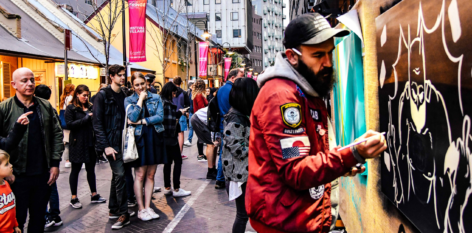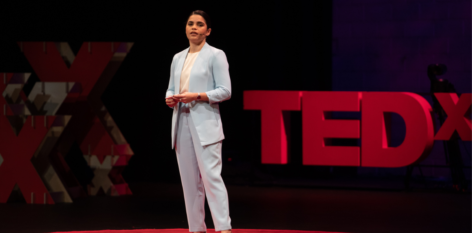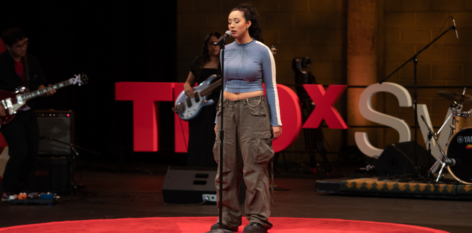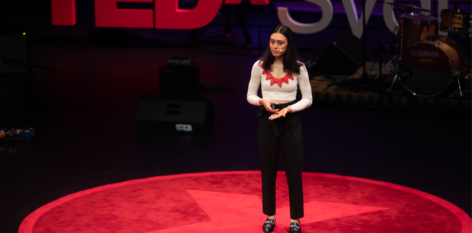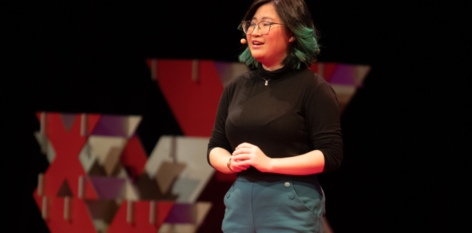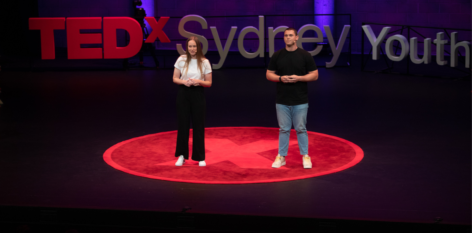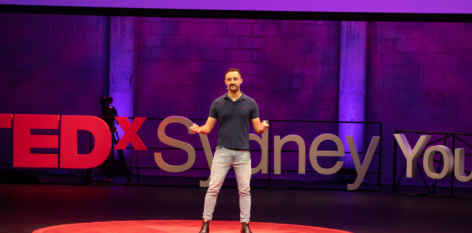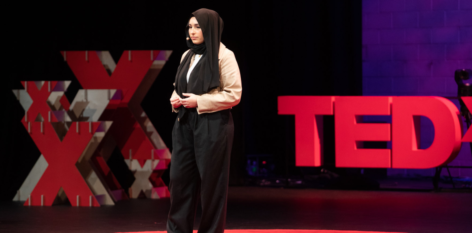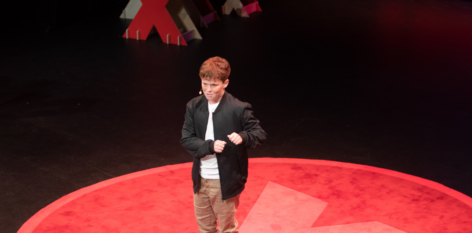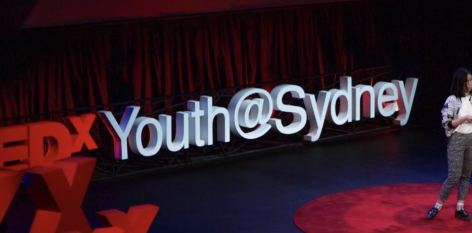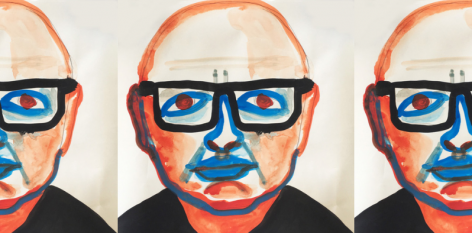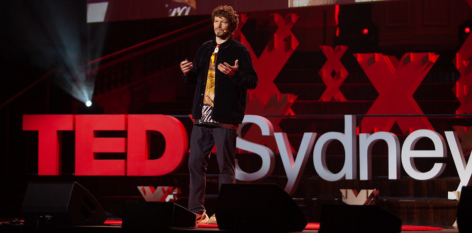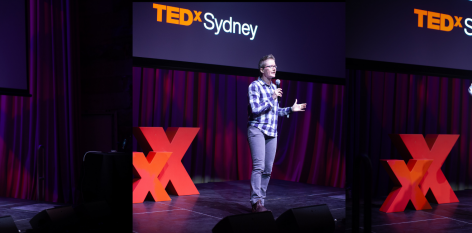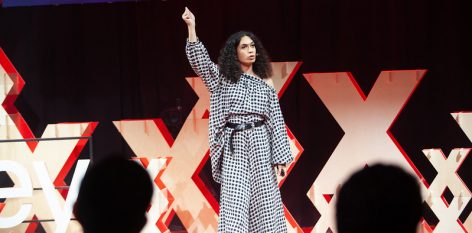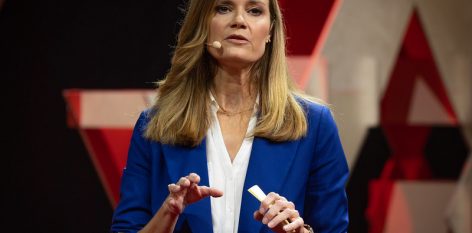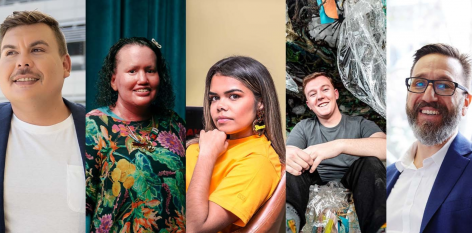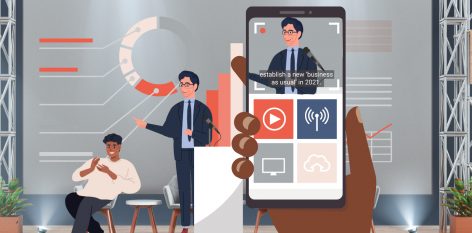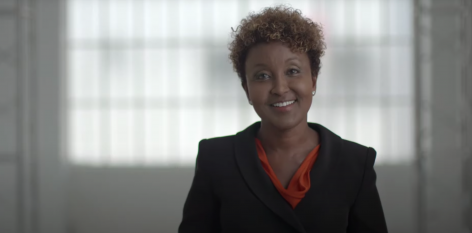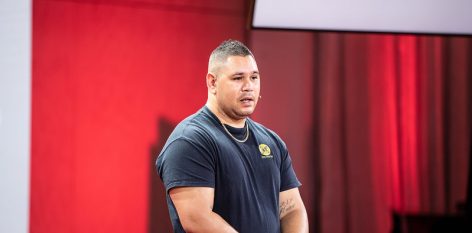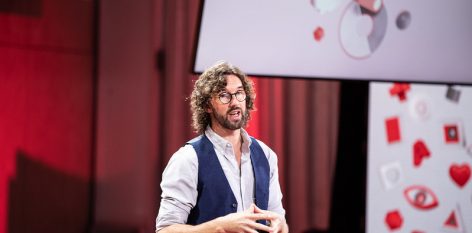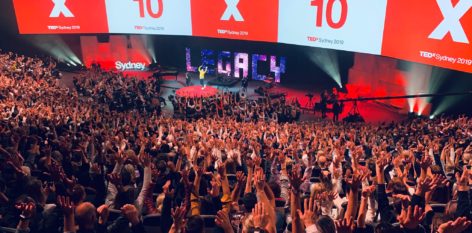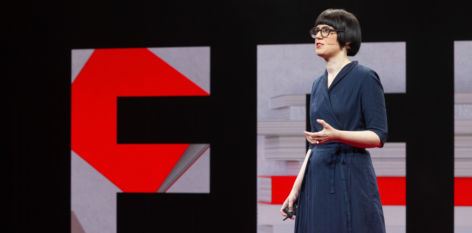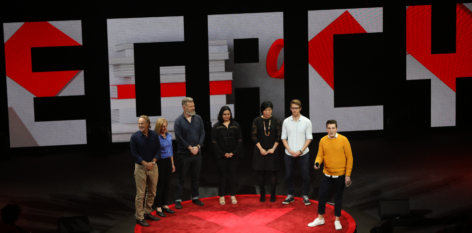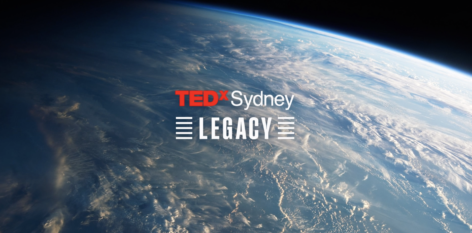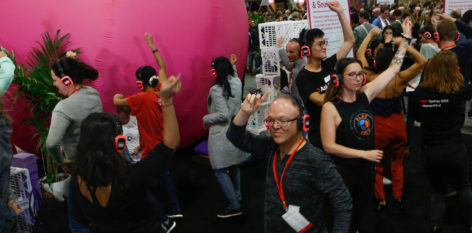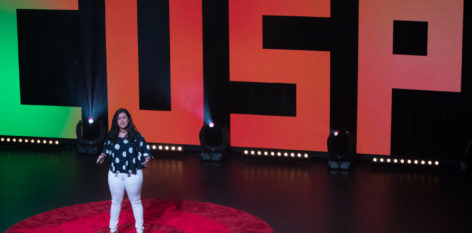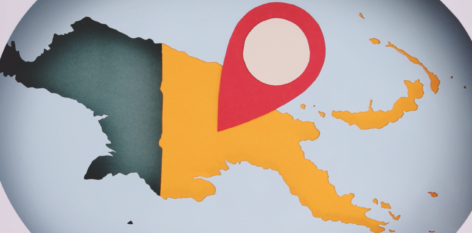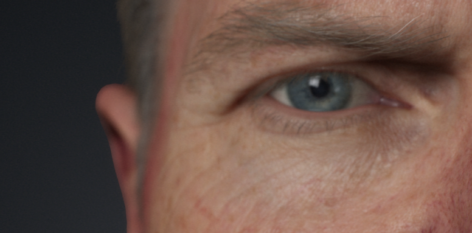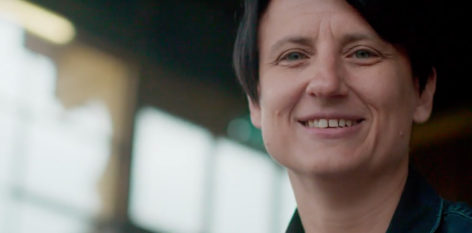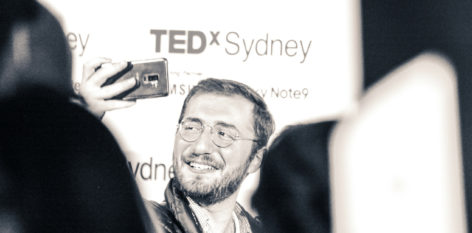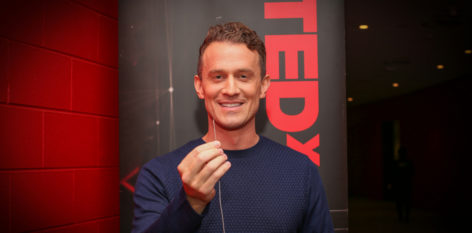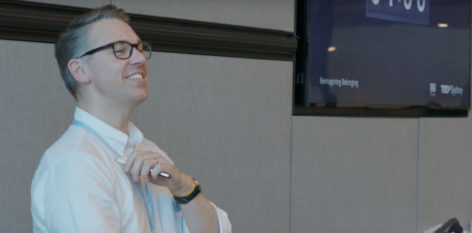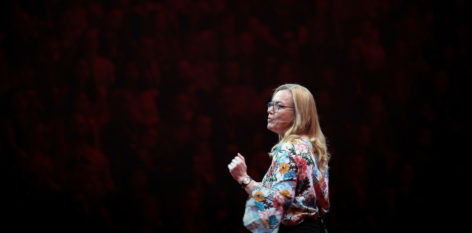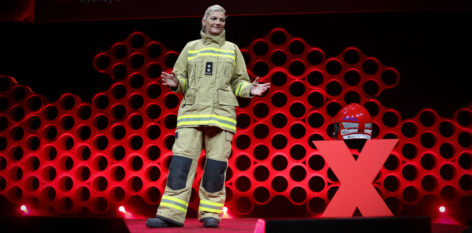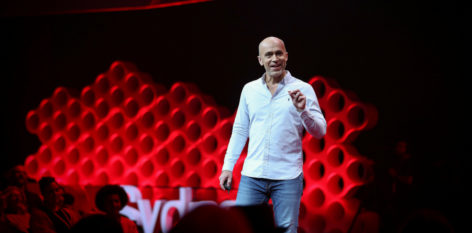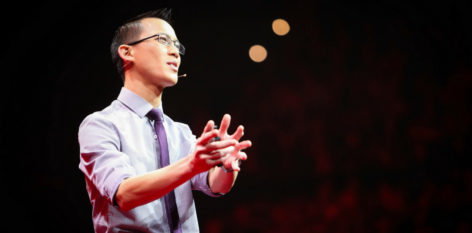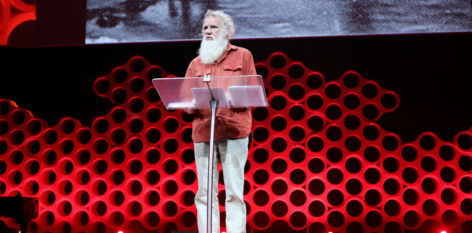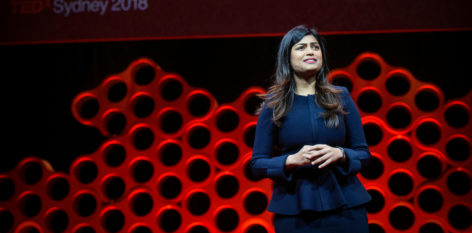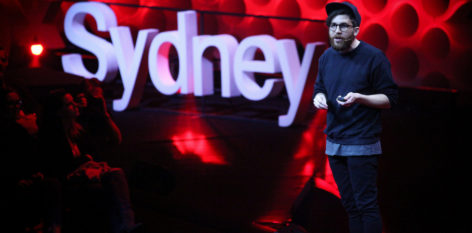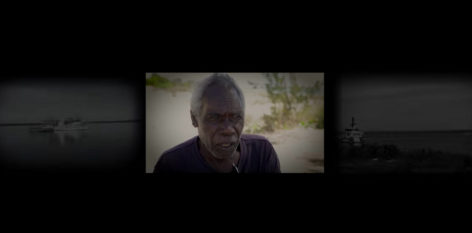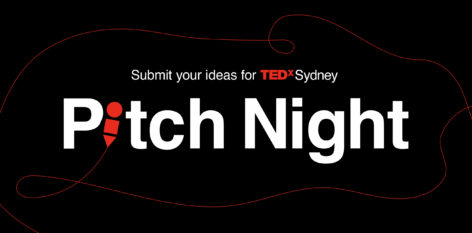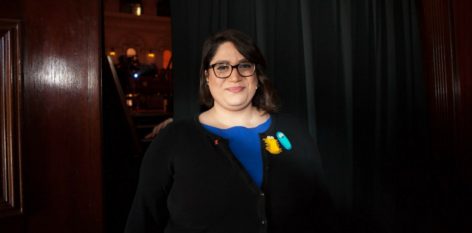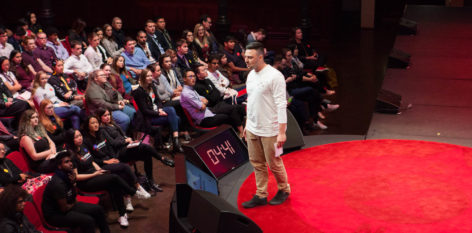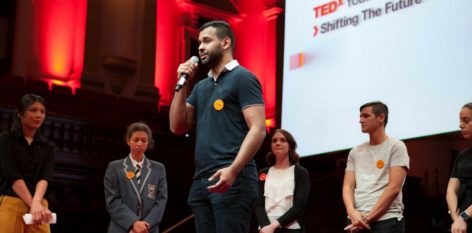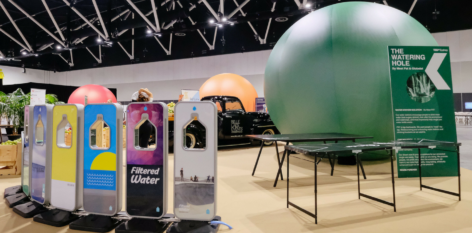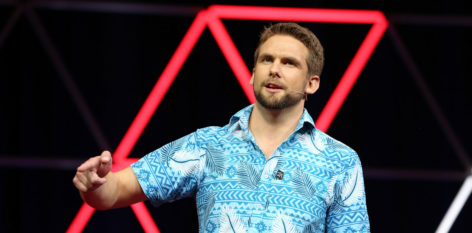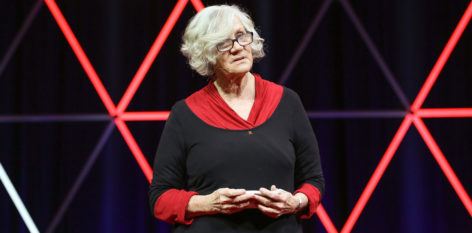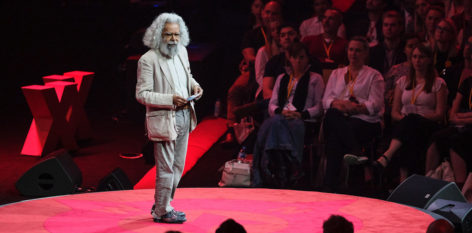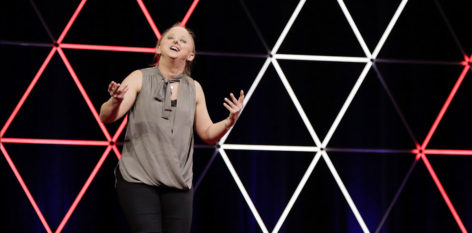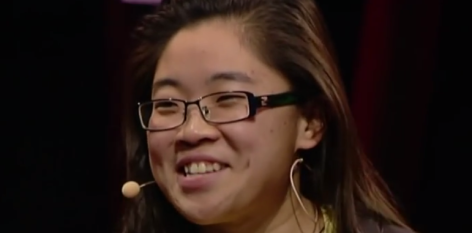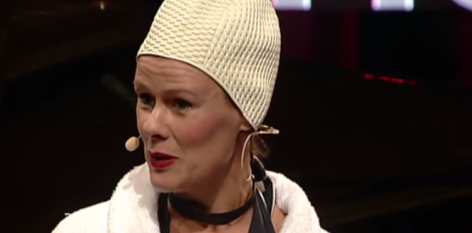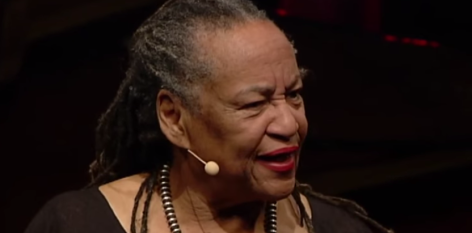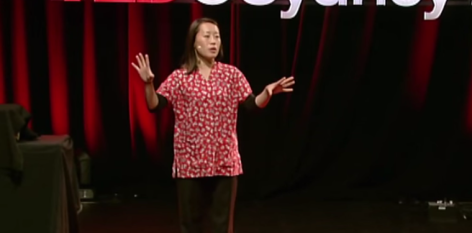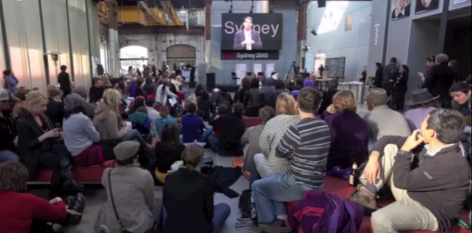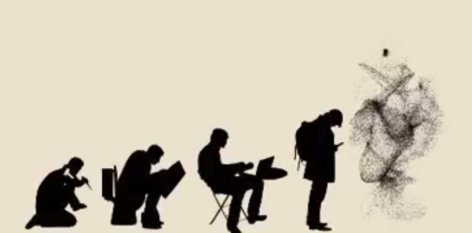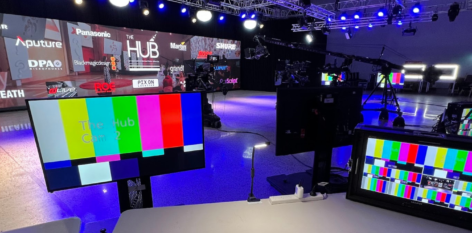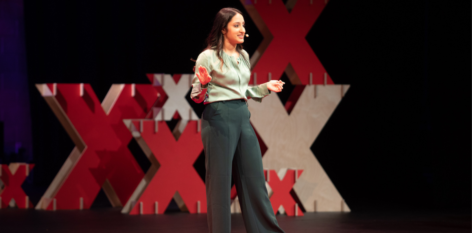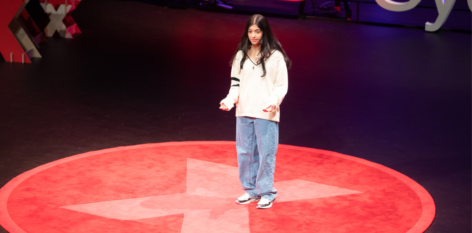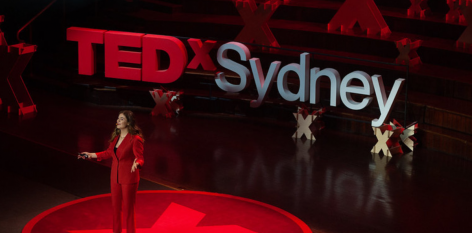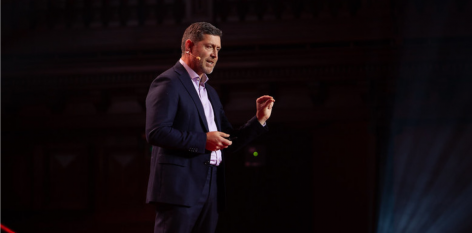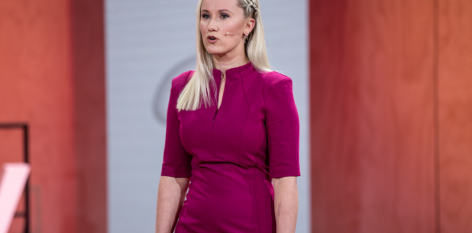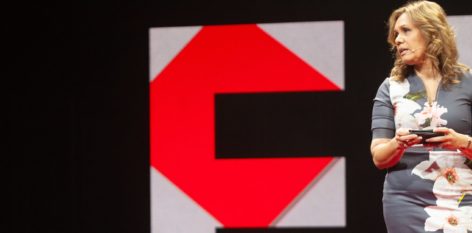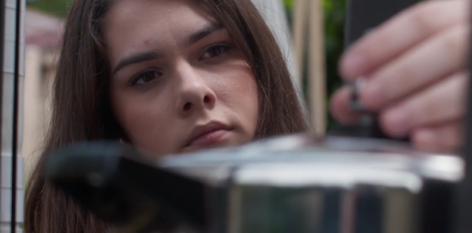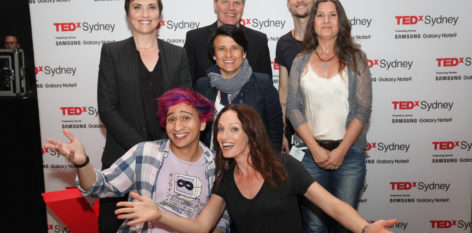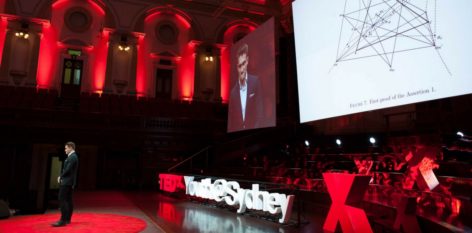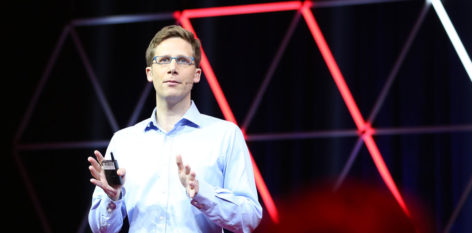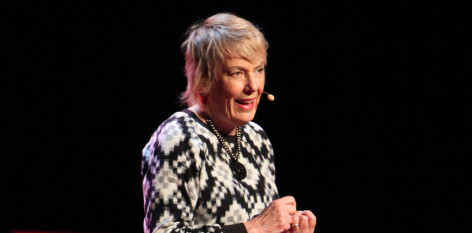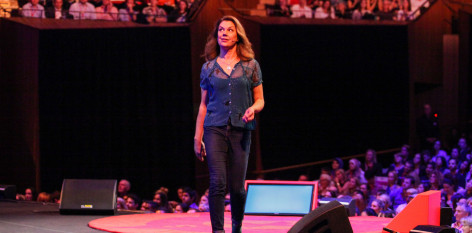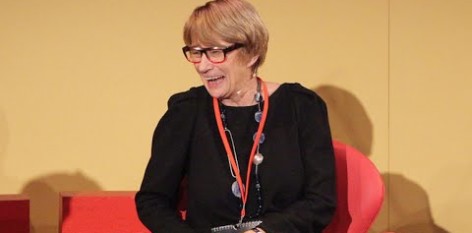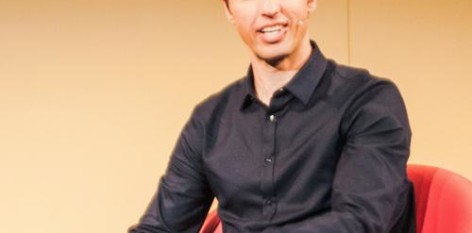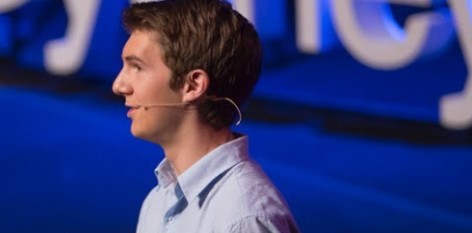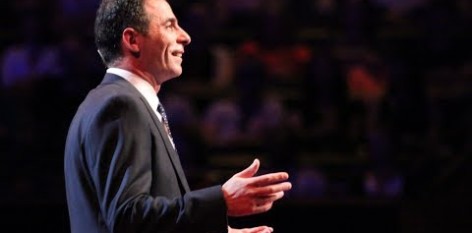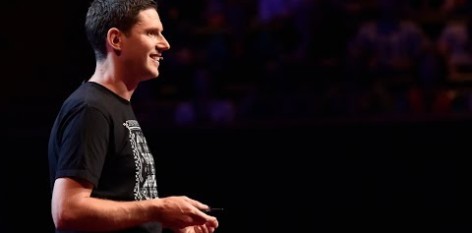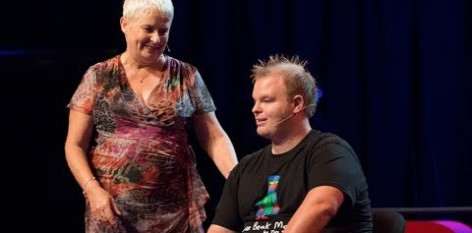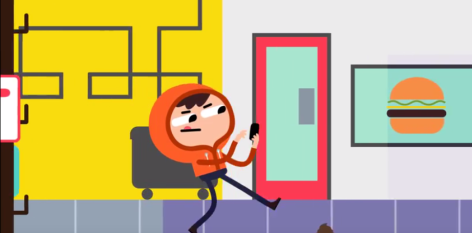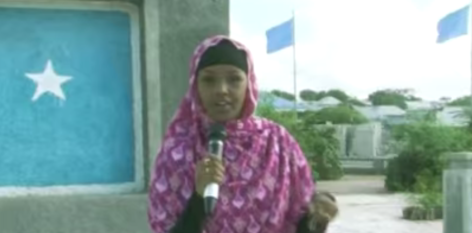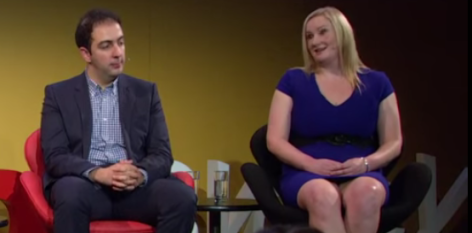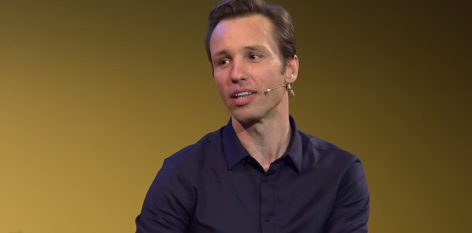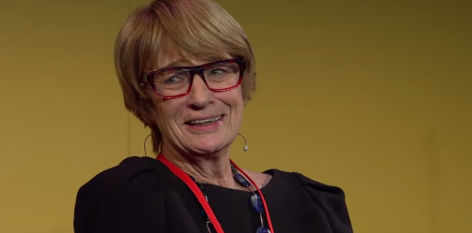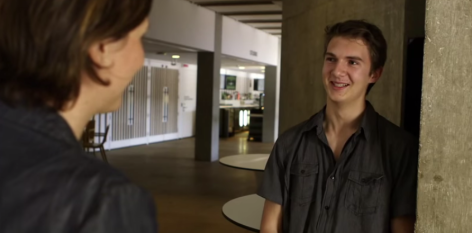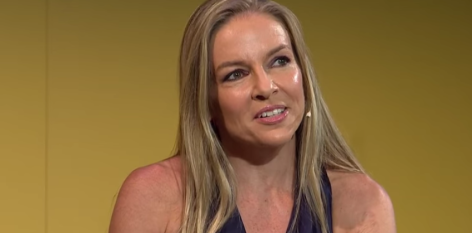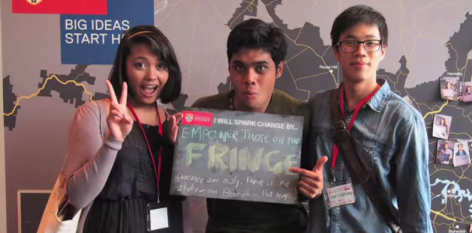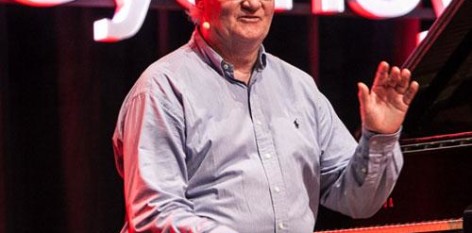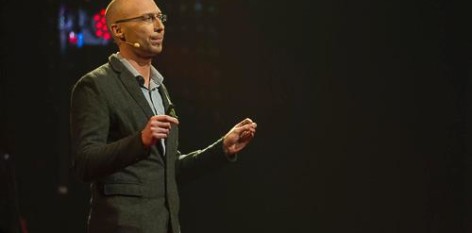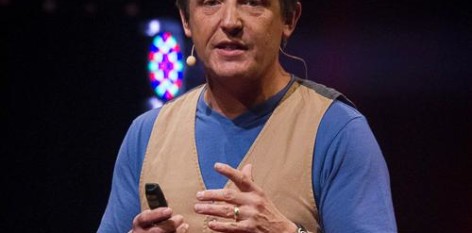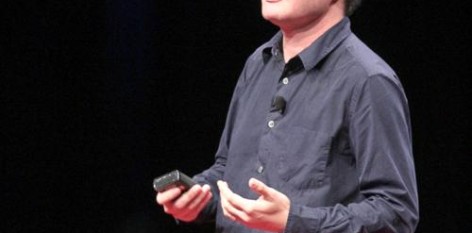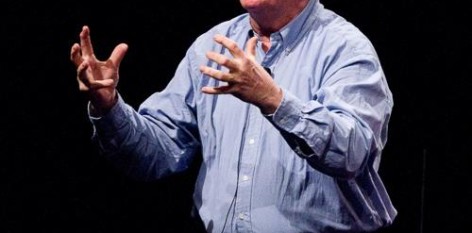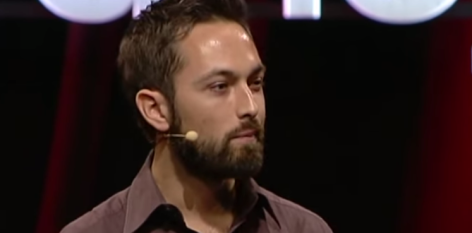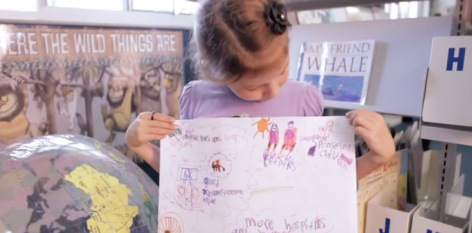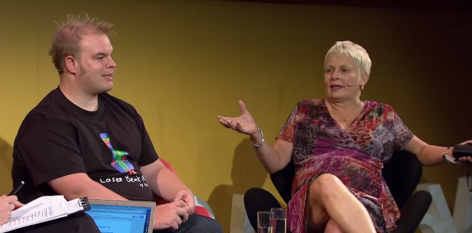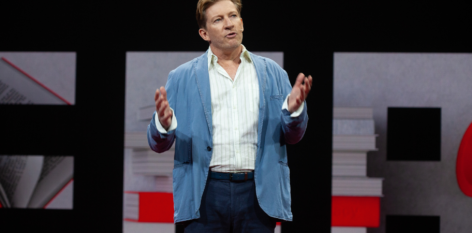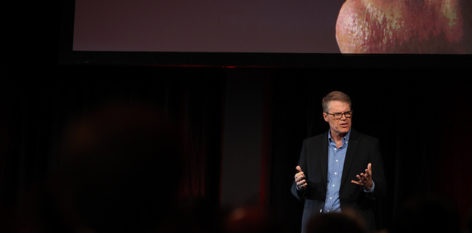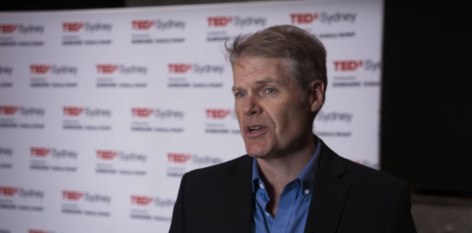In today’s interconnected world, community health plays a pivotal role in achieving improved public health outcomes.
But break it down to why it’s important for you, the ability to access this kind of care directly influences your health, safety, and overall happiness in the place you call home.
Far from a new concept the World Health Organization in 1986 defined community health as: Environmental, Social, and Economic resources to sustain emotional and physical wellbeing among people in ways that advance their aspirations and satisfy their needs in their unique environment.
Dr. Sandersan Onie from the Black Dog Institute and a speaker at TEDx Sydney in 2022, frames community health in the context of seeing the small details.
“We miss a little bit of the detail when we look at the large numbers, the statistics, at a national level, everything can look fine. But we know when we go down to the community level, the local level, we see that a lot of people can’t access the help that they need. People fall through the gaps, which is why community health is so important. Because while the public health system sets the vision and the principles, community health sets the approach.”
It is because community health encompasses the well-being of individuals within a specific area it can consider various factors such as access to healthcare, socio-economic conditions, education, and the physical environment and well as social determinants of health, including income, education, housing, and social support networks.
This coupled with the range of stakeholders brought together to deliver community health programs – Government agencies and policymakers, non-profit organisations, community organisations, healthcare providers, educational institutions, and businesses – means it is both complex and effective.
It is because of its impact that Dr. Onie’ view is “A collaborative approach is nonnegotiable. Regardless of how much time it takes, regardless of the cost.”
By fostering partnerships and pooling resources, diverse stakeholders can address the root causes of health disparities. These collaborations enable the sharing of knowledge, expertise, and best practices, leading to more comprehensive and targeted interventions.
Dr. Onie’ explained that for researchers like him, they bring in depth knowledge and tools to evaluate programmes, but don’t always have the funds to do the research.
Whereas industry partners might have the technology, they may not have the healthcare expertise, and that practitioners might have understand the population and have expertise but may not have research or technological expertise.
The policy makers might have the big picture direction but not understand what is happening on the ground like community groups. Where people with lived experience understand what it is like to engage with services. In sum, we all hold pieces of the puzzle.
In his work in Indonesia Dr. Onie explains that there is only one clinical psychologist for every 60,000+ people, but simply increasing the number of psychologists won’t improve the mental health outcomes of the community, because you must recognise the factors that are crucial to developing effective collaborative interventions.
It’s also not a one size fits all approach as he pointed out with the lesson of talk over tea and cakes example.
This collaborative approach to community health approach was also clear in how his work has influenced policy with the Lombok Declaration and the recent bill on mental health that just passed in Indonesia.
This bill took into consideration the realities on the ground because they were able to come together and change the way they advocated based on the science that encompassed lived experience, religion, family, media, and healthcare. “That’s the pathway of how that collaborative approach making informed decisions contributed to a change in national policy” Dr. Onie said.
As our community health evolves, technology and digital solutions offer promising avenues that will improve access to healthcare and enhance health literacy.
But according to Dr. Onie ‘s this is largely governed by the attention economy.
“It’s no longer an information economy where people can find information, there’s so much information. It’s how do we reach people with the right information in the shortest time possible?”
This is why his work has been focused on digital platforms and advertising algorithms.
“I think that’s the power of digital technologies and it’s a mistake to go digital for the sake of it, but simply that’s where people are; and we cannot help people if we do not meet them where they are. If one-day people stop using social media, then we’ll stop targeting social media.”
In the future it might be another platform or technology, but regardless of the how, collaborative approaches to community health will be critical in building healthier, more resilient communities and achieve a brighter future for public health.
Which is why Sandersan One believes the focus should be on how to co-design community and public health programs.
While this might sound simple, the reality is when you bring so many different stakeholders into a room, it’s about making sure every voice is heard and understood.
While this might sound simple, the reality is when you bring so many different stakeholders into a room, it can get complicated. Making sure that every person in the room is there to help people, rather than further their own agendas, and a big part of that is ensuring people’s voices are heard.
“I think when we take that perspective, that’s when we’re all going to get a little bit better at doing healthcare and helping people.”




